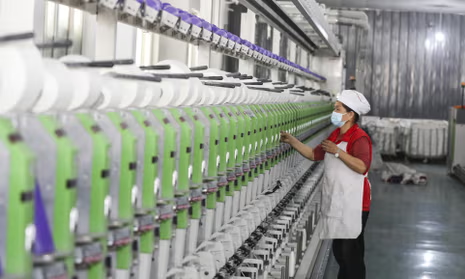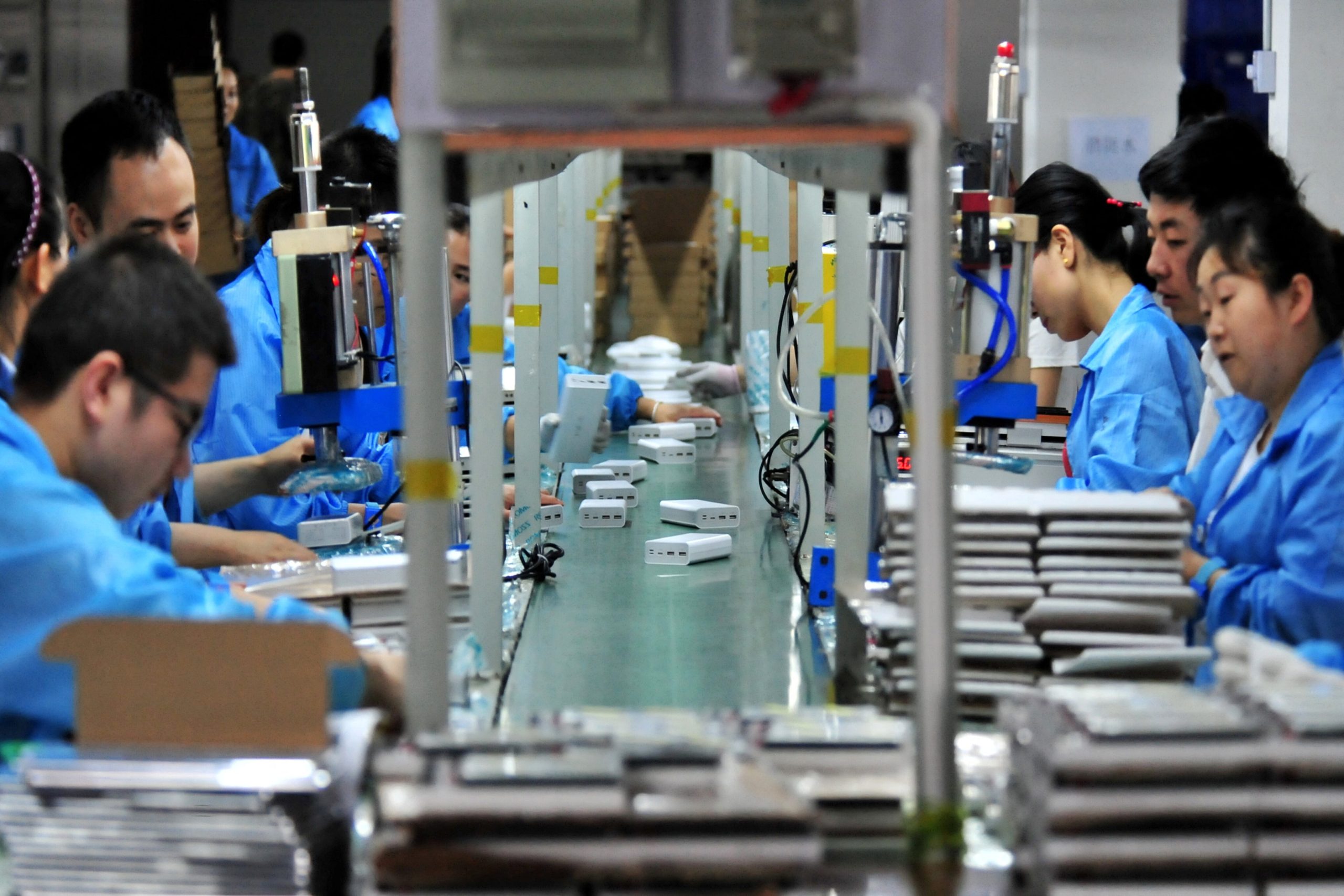China’s manufacturing sector contracted in April as tensions from a deepening trade war with the United States took their toll, according to official figures released on Wednesday. The government attributed the downturn to rapid changes in the global economy. US tariffs on Chinese goods surged as high as 145 percent this month, prompting Beijing to retaliate with its own duties of up to 125 percent on American imports. The economic fallout from these tit-for-tat measures is now starting to emerge.
China’s Purchasing Managers’ Index (PMI), a crucial gauge of industrial activity, slipped to 49 in April — below the threshold of 50 that distinguishes expansion from contraction. This marked a notable fall from March’s figure of 50.5, which was the highest in a year, and lower than the 49.7 forecast by economists in a Bloomberg survey.
“The manufacturing PMI declined in April due to a high base effect from previous growth and significant changes in the global trade environment,” said Zhao Qinghe, a statistician with the National Bureau of Statistics (NBS).
Meanwhile, the services sector also lost momentum. The non-manufacturing PMI dipped slightly to 50.4 from 50.8 the previous month.

Economists have voiced concern that the escalating trade conflict between the US and China — two of the world’s largest economies — could hamper business investment, raise consumer prices, and potentially trigger a global recession.
In a bid to dodge incoming US tariffs, Chinese exports spiked by more than 12 percent last month as companies rushed to ship goods before the new charges were implemented.
“The disappointing April manufacturing data clearly reflect the effects of the trade war,” said Zhiwei Zhang, chief economist at Pinpoint Asset Management. “Both Chinese and US macroeconomic data are likely to weaken further, as uncertainty over trade policy deters business activity.”
China’s post-Covid economic recovery remains fragile, hampered by weak domestic demand and ongoing turmoil in the property market.
“The cooling of external demand is putting pressure on China’s economy,” said Zichun Huang of Capital Economics, adding that even with increased fiscal support, growth may only reach 3.5 percent in 2025.
In response to economic challenges, Chinese authorities unveiled a range of stimulus measures last year, including interest rate cuts and the relaxation of housing market restrictions.
During a key political meeting in March, China’s leadership committed to creating 12 million urban jobs in 2025 and reaffirmed its growth target of 5 percent for the year — a figure many analysts consider overly optimistic.


 Trending
Trending 